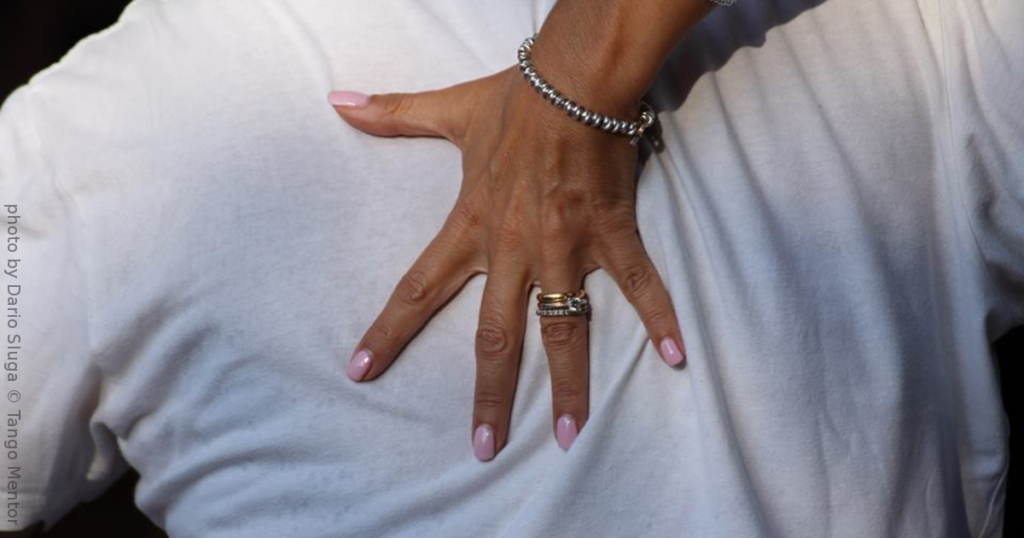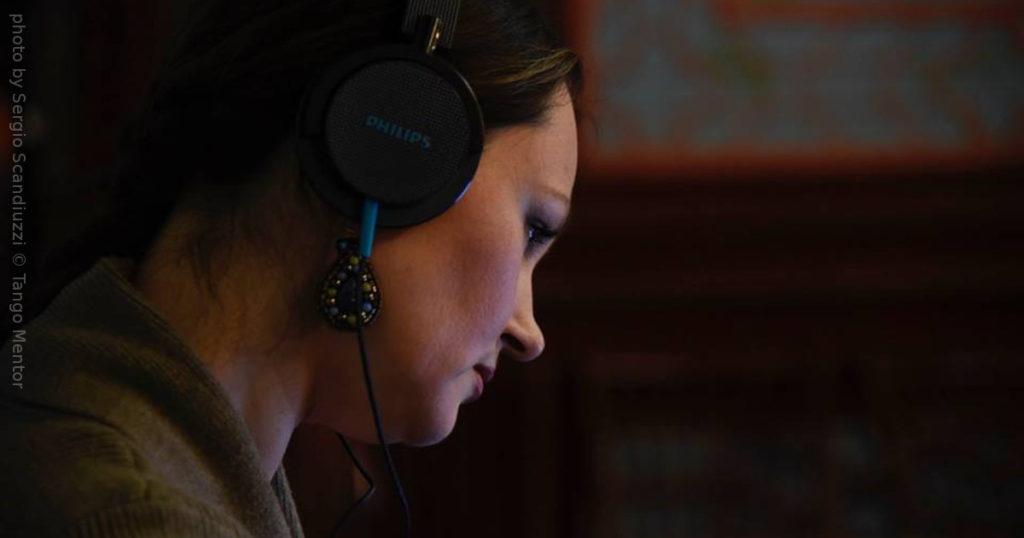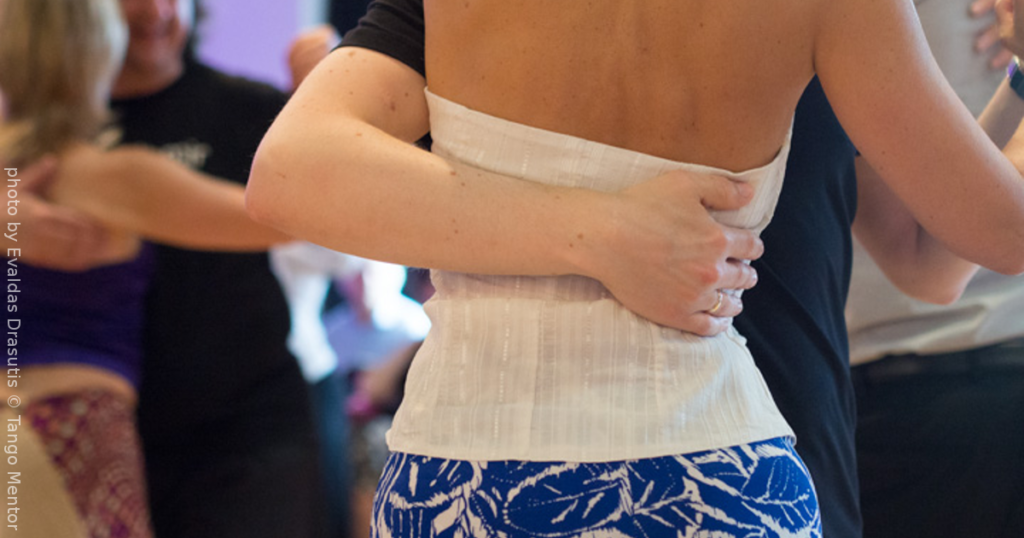
The terms ‘leader’ and ‘follower’ are so much part of the tango vocabulary used today that I often see even some Argentinian teachers using them. In fact, most of the time when people use leader/follower, they learned them from their teachers, not because they came out with them because of how they feel them.
I avoid using them whenever I can. Although to some might look like logical choices, when you think about it, they are deeply misleading.
This article might be a reason for some disagreement, but hey, one shouldn’t I ran away from saying what he thinks is the right thing, even when his voice shakes. Anyway, I see this as part of my duty to write about it.
As I said, I name here my top four reasons you should avoid using ‘leader’ and ‘follower’ in tango. I tried to explain them in short and to support them broader explanation why I think that way.
I already wrote about why a man should follow the woman and why the woman should follow the man. As an addition to this, the third and fourth reasons are about the nature of their joint effort to achieve a perfect connection and enjoyment.
So, why should we avoid using ‘leader’ and ‘follower’ when we talk about tango?
1. Because the woman leads the emotion
It might seem like a patriarchal cliche, but please give it a chance, read it and then decide.
Tango is an emotional experience. Both, men and women, can enjoy the emotions in the dance equally, but they don’t contribute to creating this emotions in the same way.
The man can lead the emotion of course, but in the same time, he has many other things to do as well – the choreography, the navigation in the space, the musicality of the movements etc.
The woman in tango has a little different priorities list. First or very high on her list will be the emotion. She will focus on how she feels, how the partners makes her feel, how the music makes her feel, how the embrace makes her heart ticking.
All roads lead to her heart. Tango is created by men who wanted to get closer to a woman, so it’s a gift that he gives to her. Not the other way around.
She will focus on the communication, because without that she will not be able to receive the information in order for the dance to happen, but more important – she will do it because it feels good. If this “feeling good” stops, the channels will be closed. This makes the dance hard and uncomfortable.
The conclusion is that most of the things the woman does in the dance depends on how she feels about them. Woman in tango is not a receiver of the emotion, she is, rather, the creator, the active element – she gives the color to all that the couple does. She leads the emotion.
Hey, sorry to interrupt…
Do you like reading my articles? If you do please consider a small contribution to the existence of this blog.
I don’t sell a book or run ads: I share these articles for free. Unfortunately I also have to pay my bills, so if you see value in my work please consider a small donation/gratuity (the same way you tip your favorite bartender).
From my heart to yours!
Ivica
Securely processed via PayPal
2. Because the man follows her heart and her body
On the other hand, the mans part of the equation is receiving and nurturing that emotion. All the man does in the dance is to win her heart. The tango in its core is a game of seduction and it follows a similar rules as any other game of seduction.
Check out my post about how the tango is a game of seduction.
The dark side of tango
Historically, tango was created by men who wanted to win a heart of the woman. Buenos Aires in the beginning of 20 century was overpopulated – mostly by young men, poor and lonely. Some say that there was just one woman for every 10 men. They had only two ways to get a woman in their life: to pay for a prostitute or to win her with tango. Those historical circumstances shaped the way the tango is danced – they defined what will be the masculine and the feminine role. Check more about this in the reason number 4.
Having all this in mind, his role in tango has limited options – and non of them is connected with leading.
Of course, I am talking here about dancing with a smooth connection and subtlety, and not just some cardio or show off exercise that looks like tango (in that case he can ignore what and how she feels, but then he should expect her to close emotionally).
Guys, to dance tango, you must listen to the heart of the woman. – Cacho Dante (The Tango and Trapeze Acts)
His job is to make her body move together with the music, in an enjoyable way. He achieves this by giving subtle suggestions to her body, paying attention not to push her out of her comfort zone too much so she won’t become tensed. If woman in tango makes mistake, he will follow and cover her mistakes. In that case she won’t even notice the make.
His role means that he has to constantly watch how her heart and body reacts to his suggestions, to adjust, to avoid what makes her tense and to create patterns she finds enjoyable. His job is to follow her.
3. Because tango is about giving
One of the most important aspects of the couple in tango embrace is that there is a constant flow of information and energy between the partners. This means that they both contribute to what’s going on – in their own (different) way.
Some beginners tend to compete with their partner, sometimes even blaming them for the mistake. This comes from having a wrong mindset – a dancer should understand the tango embrace as a cooperation, a joint journey to accomplish what some call a perfect tanda.
If you are not a beginner who is still focused on himself/herself, not giving all you have is selfish dancing. In my experience this is usually not something that is learned in tango – it’s often part of the character.
When you dance tango you must give everything. If you can’t do that do not dance. – Ricardo Vidort
Tango is a process in which both partners must give, but in the same time they must be open to receive as well… And for sure is’t not just leading or just following.
4. Because the magic is in the polarity
What I want to point out here is something which deserves more space, and I will probably write again on this topic. Here I just want to give you a short note of the idea, as one of the reasons why I avoid using the leader/follower terminology.
What’s so magical about tango is that it makes a man feel more masculine and a woman more feminine. Their roles in tango are opening possibilities for discovery of their core.
I’m talking metaphorically here, but there is a great deal of truth beyond the metaphor. I often like to use another metaphor: that there’s no tango without testosterone and estrogen. Tango, as life itself, doesn’t accept them mixed up – it needs them polarized.
The more polarized – the better.
In our society the difference between the masculine and the feminine energy is often blurred. Some people are often afraid to express the true nature of their core. Men are less men and women are less women. Tango helps them to regain their natural role, at least for a short period of time on the dance floor. This short insights in time can trigger transformations of peoples lives, as they discover how the feeling of being a more masculine man makes them more centered or being a more feminine woman makes them feel happier.
Using the leader/follower terminology takes away the opportunity to underline what the partners in reality do: men expressing their masculinity and women expressing their femininity.
To support my all four points I will finish this article with a quote from a very dear book. It’s a long one, but it’s worth taking the time to read it all.
The English-speaking Tango community generally uses the terms ‘leader’ and ‘follower’ to describe those roles, because they are not gender specific. These terms do not come to us from Tango, but from the Ballroom community, and they can be taken to imply a hierarchical relationship, with the ‘leader’ having higher status than the ‘follower’. The vocabulary used by the dancers of the Golden Age implied no such value judgment.
Often when a man who had learned to dance in the practicas asked me to lead him, he would say that he would dance the woman’s role, and I would dance the man’s. (…)
In describing what the leader does, dancers of the Golden Age often used the verb llevar, a verb which has a number of possible translations, including to carry, to take, or to wear – a very different idea from the one implied by the verb ‘to lead’ (…)
In describing what the follower does, a number of different verbs were used. One was to allow (dejar) oneself to be carried (llevada). Another was acompañar – to accompany.
But acompañar was also used to describe what the leader was doing, especially when discussing turning steps. This represents a fundamental truth about the relationship between the leader and follower as understood by the dancers in the Golden Age. To lead was in fact to follow the follower. This paradox lies at the heart of the choreographic freedom enjoyed by Tango dancers in the Golden Age. It is by following that the leader gets the power to carry the follower wherever the leader wishes.
– Christine Denniston, “The Meaning of Tango: The History and Steps of the Argentinian Dance”
As I already said, I do expect disagreements on this topic. If you’re one of those who disagrees, don’t hesitate to write comment or sent me a message.
If you agree, you can share it with your tango friends, so they can also re-think how they use leader/follower terminology.


